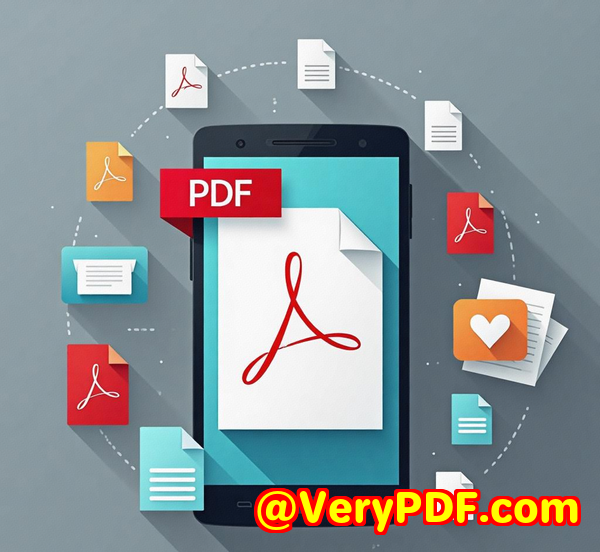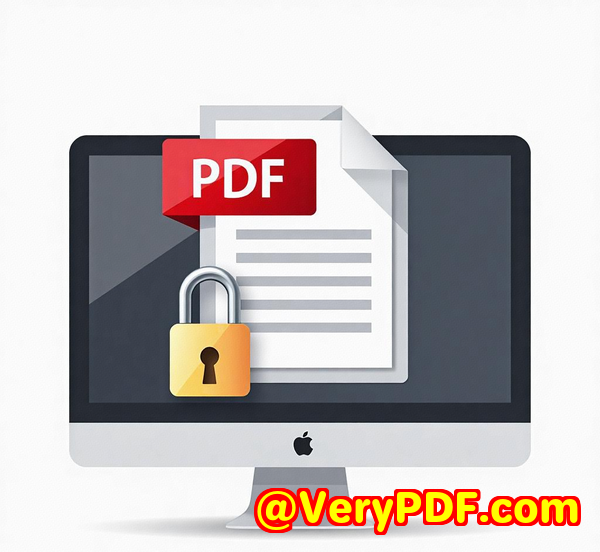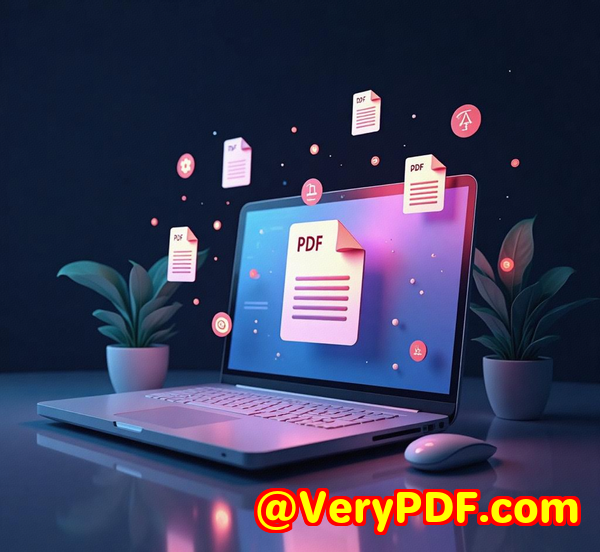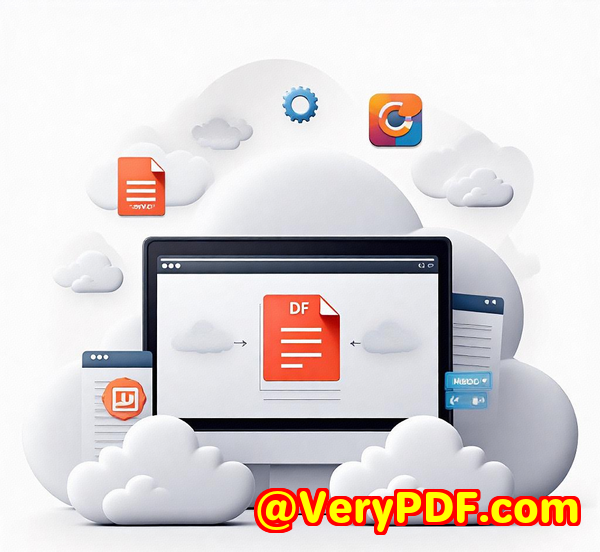Automate Conversion of Engineering Drawings to PDF With Command Line Tools
Automate Conversion of Engineering Drawings to PDF With Command Line Tools
Every time I faced a mountain of engineering drawings in DWG or DXF format, the thought of manually converting each file to PDF made me want to pull my hair out. Like many developers and CAD professionals, I struggled with slow, clunky software that either demanded expensive licenses or dragged through tedious GUI steps. I needed a better, automated way to handle batches of drawings without babysitting the process.
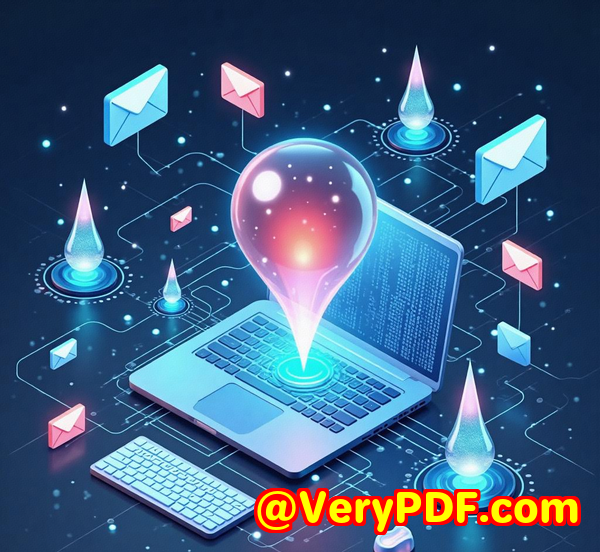
That's when I stumbled upon VeryDOC DWG to Vector Converter (DWG2Vector) a command line powerhouse that changed the way I convert DWG and DXF files to high-quality PDFs and other vector formats. If you're a developer, engineer, or architect who deals with lots of CAD files, this tool will save you hours and headaches.
What Is VeryDOC DWG to Vector Converter?
At its core, DWG2Vector is a command line utility and SDK designed for both Windows and Linux developers who want to automate the conversion of AutoCAD drawings (DWG and DXF) into vector graphics formats like PDF, EMF, SVG, PostScript, and more. It's royalty-free, which means no hidden fees or per-conversion chargesperfect if you need to embed it in your own apps or run conversions on a server.
I found it especially useful because:
-
It supports a wide range of output formats, including Vector PDFs that keep your lines crisp and scalable.
-
It handles multiple layouts and views inside a single DWG/DXF file, giving you granular control over output.
-
It works standalone, so you don't need to install AutoCAD or any other CAD software.
-
Batch processing means I could convert hundreds of files with a single command.
Who Should Use DWG2Vector?
If you're in engineering, architecture, or software development focused on CAD automation, this tool was made for you.
-
CAD engineers who want to archive drawings as vector PDFs for clear, zoomable prints.
-
Developers building document management or automated reporting systems involving CAD files.
-
Printing services needing fast, accurate batch conversion of client DWGs to printer-friendly formats.
-
Construction managers who must distribute drawing sets without exposing editable DWG files.
-
Publishers that integrate CAD drawings into vector graphic documents or manuals.
I'm convinced this tool bridges the gap between complex CAD formats and universally accessible vector files in a way few others can.
Key Features That Stood Out to Me
Here are the features I relied on day-to-dayand why they made a difference.
1. Wide Format Support
DWG2Vector isn't just about PDFs. It converts to EMF, WMF, SVG, PS, EPS, SWF, XPS, HPGL, and PCL too. This flexibility helped me serve multiple downstream systems. For example, I once needed SVG for a web portal, then switched to high-res PDFs for client presentations, all with the same tool.
2. Batch Conversion via Command Line
Running:
was a game-changer. Instead of opening files one by one, I scripted the process into our nightly build system. It cut down manual labour and ensured consistent output without human error.
3. Customizable Output Options
You can tweak DPI, paper size, line widths, and colour modes. When I had a client requiring black-and-white prints at 300 DPI on A3 paper, I simply added flags like:
The results were pixel-perfect and consistent every time.
4. SHX Font Support
Handling SHX fonts can be a nightmare, but DWG2Vector allows you to specify a folder for SHX and CTB fonts, so text rendering matched the original drawings perfectly.
5. Multi-Layout Support
Some DWG files have several layouts or views. The -byview option helped me generate separate output files per layout without extra scripting.
How It Saved Me Time and Effort
Before DWG2Vector, I wasted hours manually exporting DWG files with AutoCAD or free online tools that either crashed or reduced vector quality. One project had over 500 drawings; trying to convert those by hand was impossible.
With DWG2Vector, I automated the whole pipeline. I just fed a directory path, set my output options once, and let it churn overnight. The following morning, all PDFs were readyconsistent, sharp, and ready for print or distribution.
The command line nature also meant I could integrate it directly into our internal apps, giving non-CAD staff the ability to generate PDFs without installing AutoCAD or mastering complex software.
How DWG2Vector Beats Other Tools
Many conversion tools require AutoCAD licenses, which are costly and limit automation. Free converters are either unreliable or produce rasterised images instead of true vectors.
DWG2Vector stands apart because:
-
No need for AutoCAD or external dependencies.
-
True vector output preserves drawing fidelity.
-
Command line interface fits easily into automated workflows.
-
Royalty-free licensing keeps costs predictable.
I tried various online converters and desktop apps. They either distorted line weights or botched fonts. DWG2Vector nailed it every time, especially with complex layouts.
Wrapping It Up: Why I Recommend VeryDOC DWG to Vector Converter
If you regularly convert engineering drawings and want a fast, reliable, and automatable way to get vector PDFs and other formats, DWG2Vector is your tool.
It solves common problems like:
-
Tedious manual file conversion
-
Lossy rasterised outputs
-
Dependency on heavy CAD software licenses
-
Lack of batch processing support
Personally, I'd recommend this to anyone dealing with large volumes of CAD files who wants to save time and produce high-quality outputs without fuss.
Try it out yourself and see how it can transform your workflow: https://www.verydoc.com/dwg-to-vector.html
Start your free trial now and boost your productivity.
Custom Development Services by VeryDOC
VeryDOC offers tailored development services for all your document and CAD-related needs. Whether you work on Linux, macOS, Windows, or server environments, their expertise spans a broad tech stack including Python, PHP, C/C++, Windows API, Linux, Mac, iOS, Android, JavaScript, C#, .NET, and HTML5.
If you require Windows Virtual Printer Drivers generating PDF, EMF, or image formats, or tools to capture and monitor print jobs in various formats like PDF, TIFF, or JPG, VeryDOC can craft the solution.
They also specialise in:
-
Monitoring Windows API hooks to intercept file and print operations.
-
Analyzing PDFs, PCL, PRN, Postscript, EPS, and Office formats.
-
Barcode recognition and generation.
-
OCR and table recognition for scanned TIFF and PDF docs.
-
Document form generators, graphic/image converters, and management tools.
-
Cloud-based solutions for document conversion, viewing, digital signatures, and DRM protection.
If your project demands customisation beyond off-the-shelf tools, contact VeryDOC via their support centre: https://support.verypdf.com/
FAQ
Q1: Can DWG2Vector handle the latest AutoCAD DWG versions?
A1: Yes, it supports DWG and DXF files from versions R12 through to 2004 and later.
Q2: Do I need AutoCAD installed to use DWG2Vector?
A2: No, the tool is completely standalone and does not require AutoCAD or any CAD software.
Q3: Can I convert multiple DWG files at once?
A3: Absolutely, batch conversion is supported using wildcard commands in the command line.
Q4: Does the converter maintain vector quality in PDF outputs?
A4: Yes, it produces high-quality vector PDFs ideal for printing and further editing.
Q5: Is there support for custom paper sizes and line widths?
A5: Yes, you can specify DPI, width, height, line widths, and colour modes via command line options.
Tags / Keywords
-
DWG to PDF conversion
-
Batch DWG conversion command line
-
AutoCAD DWG to vector PDF
-
CAD drawing automation tool
-
DWG2Vector command line utility
